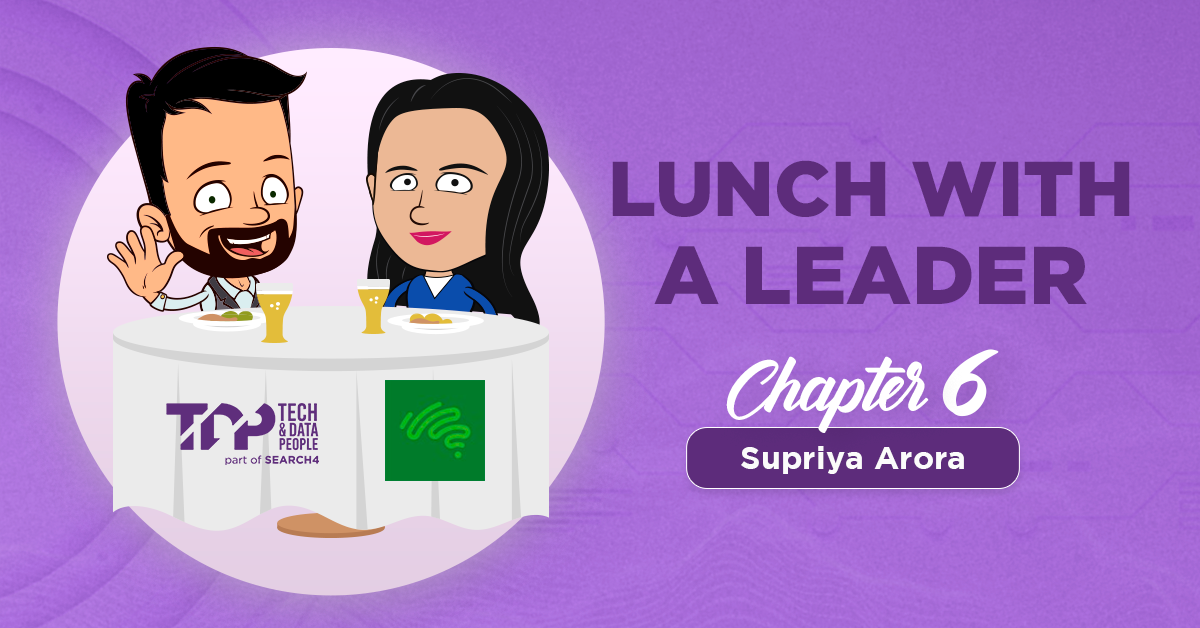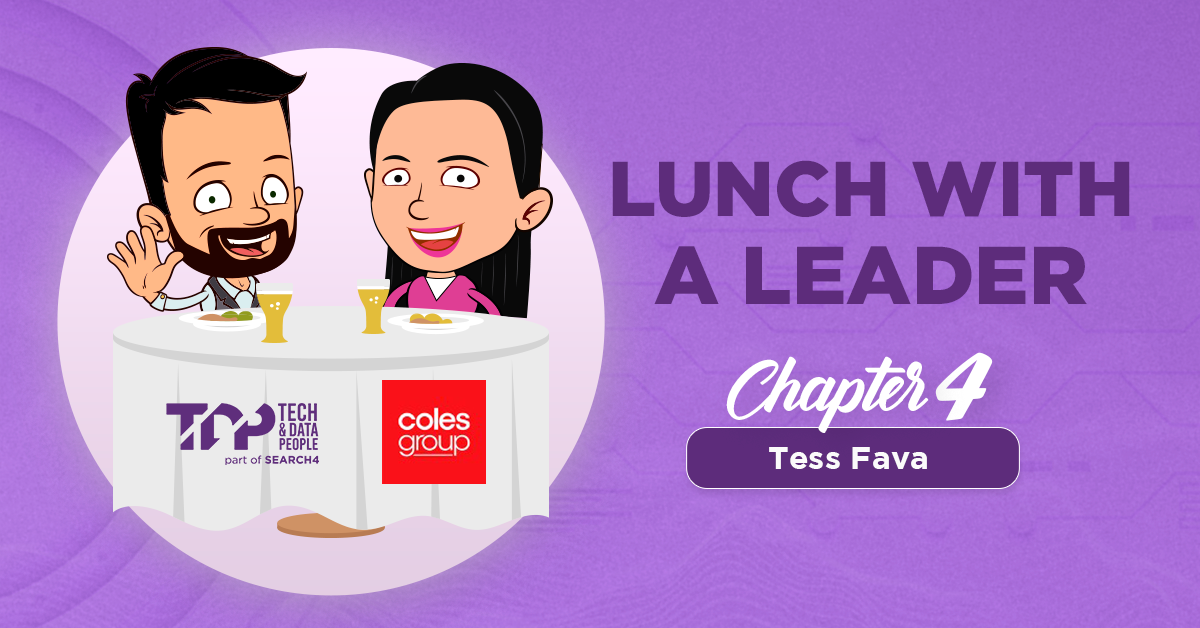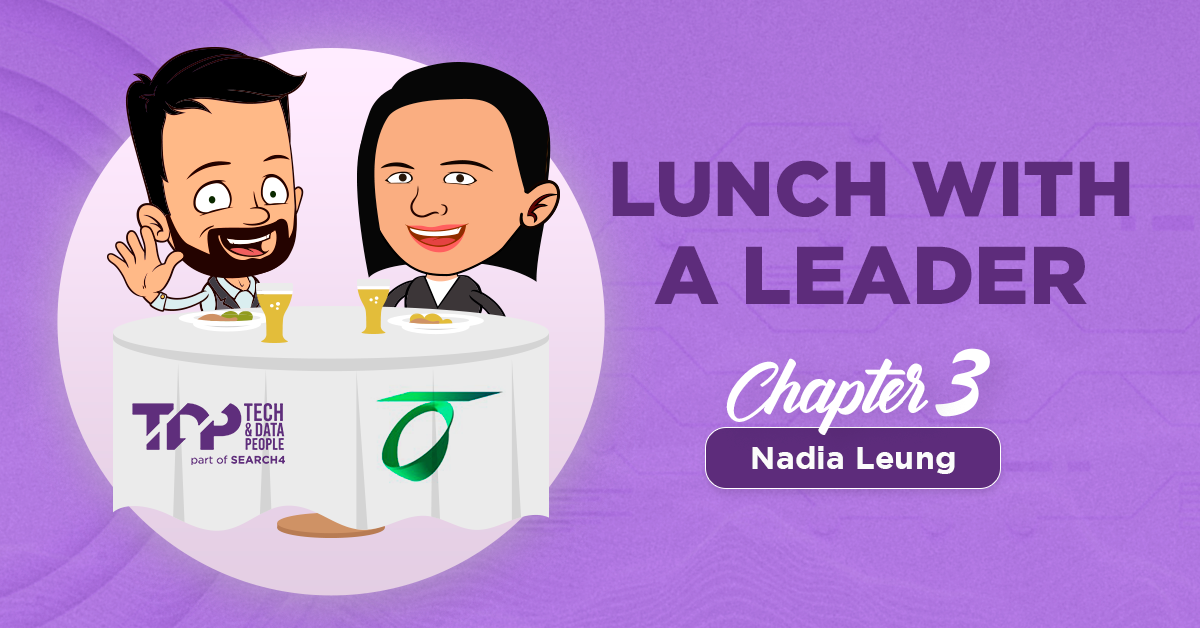Blogs
5 Strategies to Sleigh the Holiday Hiring Game

As we head into the holiday season, many companies pause their hiring efforts, waiting for the new year to bring a fresh pool of candidates. But if you’re aiming to fill roles quickly in January, this quiet period is the perfect opportunity to engage top tech talent and stay ahead of the New Year hiring curve. Here are 5 strategic ways to keep your talent pipeline warm and your brand top-of-mind.
Keep potential candidates warm with friendly touchpoints
The holidays are a perfect time to connect with passive candidates in a relaxed, low-pressure way. Start a talent community where you can share updates, insights, and a bit of festive fun. Drop a casual, friendly message or share a quick update on what’s happening at your company. Rather than pushing roles, these low-key touchpoints keep candidates engaged and gives them a taste of your company culture, no applications required.
Offer ‘sneak peek’ interviews for January roles
Instead of waiting until the new year, start lining up introductory conversations now for roles you plan to fill in January. ‘Sneak peek’ interviews - an informal way to introduce your company’s mission, values, and upcoming opportunities. Candidates appreciate the transparency, and this early interaction can speed up hiring in the new year.
Keep content fresh & festive
It’s easy to go quiet on social media over the holidays, but this is an opportunity to stand out. Share some behind-the-scenes content from your team’s end-of-year celebrations or a recap of your company’s achievements. This kind of content keeps your brand visible and humanises your company, making it more appealing to candidates exploring new opportunities.
Set the scene for potential employees
Create content that helps tech professionals visualise their potential role in what you have in store for the next 12 months. Share a glimpse of your company’s roadmap - whether it’s adopting new tech, launching innovative projects, or expanding your team, this transparency can spark interest and align candidates who are excited about similar projects and growth. Share the skills and roles that will help shape this future.
Embrace virtual networking opportunities
The lead up to office closures, skeleton staff and end of year celebrations can all contribute to some disparate hiring teams. Consider embracing personalised networking experiences that go beyond traditional virtual events. Set up “Skill Swap” sessions or “Coffee Roulette” pair-ups for casual, virtual chats that provide a chance to connect with someone new and learn about different parts of the business. An “Ask Me Anything” (AMA) session with leaders also offers a unique chance for potential hires to interact directly with leadership, fostering an open, engaging culture. These approaches help tech teams build authentic, purpose-driven relationships.
The holiday season doesn’t have to mean a complete hiring freeze. By using this time to make meaningful connections with tech professionals, your company can start the new year with a head start on hiring. If you’re ready to secure top talent in January, now’s the time to begin and we can help – get in touch with us here.
